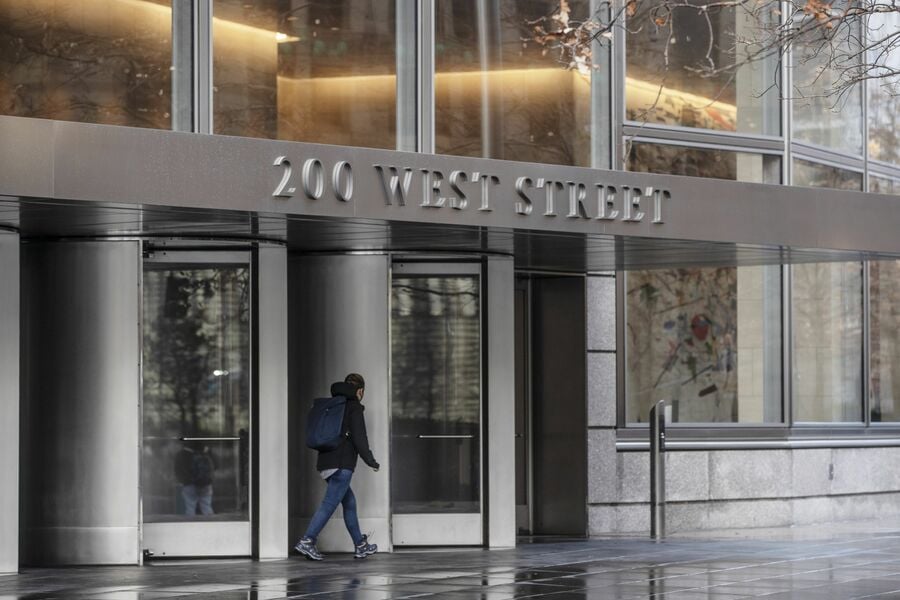

Goldman Sachs Group Inc. is embarking on its biggest round of jobs cuts since the start of the pandemic.
The Wall Street titan plans to eliminate several hundred roles starting this month, according to people with knowledge of the matter. While the total number is less than some previous rounds, the reductions are a resumption of Goldman’s annual culling cycle that it had largely paused during the pandemic.
The move from the banking bellwether is the surest sign yet of a chill that has set in across the industry amid a slump in revenue after record-breaking years. Analysts expect the bank to post a more than 40% drop in earnings this year, according to data compiled by Bloomberg. The New York-based firm said in July that it planned to slow hiring and reinstate annual performance reviews — foreshadowing the job cuts it planned to undertake later in the year. It’s an effort to rein in expenses amid what it called a “challenging operating environment.”
The reviews are typically used to weed out the worst-performing staff. Goldman could also reduce the pace of replacing staff it loses because of attrition, Chief Financial Officer Denis Coleman said at the time. Goldman had 47,000 employees at the end of the second quarter, compared with 39,100 two years earlier, aided by recent acquisitions.
The New York Times reported earlier Monday that Goldman was preparing job cuts. A Goldman spokeswoman declined to comment.
Like its Wall Street competitors, Goldman has been hurt by the dramatic slowdown in investment banking as the volatility that’s spurred gains for trading also weighed on capital markets and asset management. While the firm’s trading operation posted a 32% surge in revenue in the second quarter, investment-banking revenue fell 41%, reflecting a sharp drop in underwriting.
Total operating expenses declined in the second quarter from a year earlier as Goldman reduced compensation and benefits, but the company also reported increases in costs from growth initiatives.
Goldman shares are down more than 10% this year and about 15% from a year ago. That compares with a 7.5% drop in the S&P 500 Financials index for the past 12 months.

Looking to refine your strategy for investing in stocks in the US market? Discover expert insights, key trends, and risk management techniques to maximize your returns

The RIA led by Merrill Lynch veteran John Thiel is helping its advisors take part in the growing trend toward fee-based annuities.

Driven by robust transaction activity amid market turbulence and increased focus on billion-dollar plus targets, Echelon Partners expects another all-time high in 2025.

The looming threat of federal funding cuts to state and local governments has lawmakers weighing a levy that was phased out in 1981.

The fintech firms' new tools and integrations address pain points in overseeing investment lineups, account monitoring, and more.
RIAs face rising regulatory pressure in 2025. Forward-looking firms are responding with embedded technology, not more paperwork.
As inheritances are set to reshape client portfolios and next-gen heirs demand digital-first experiences, firms are retooling their wealth tech stacks and succession models in real time.
